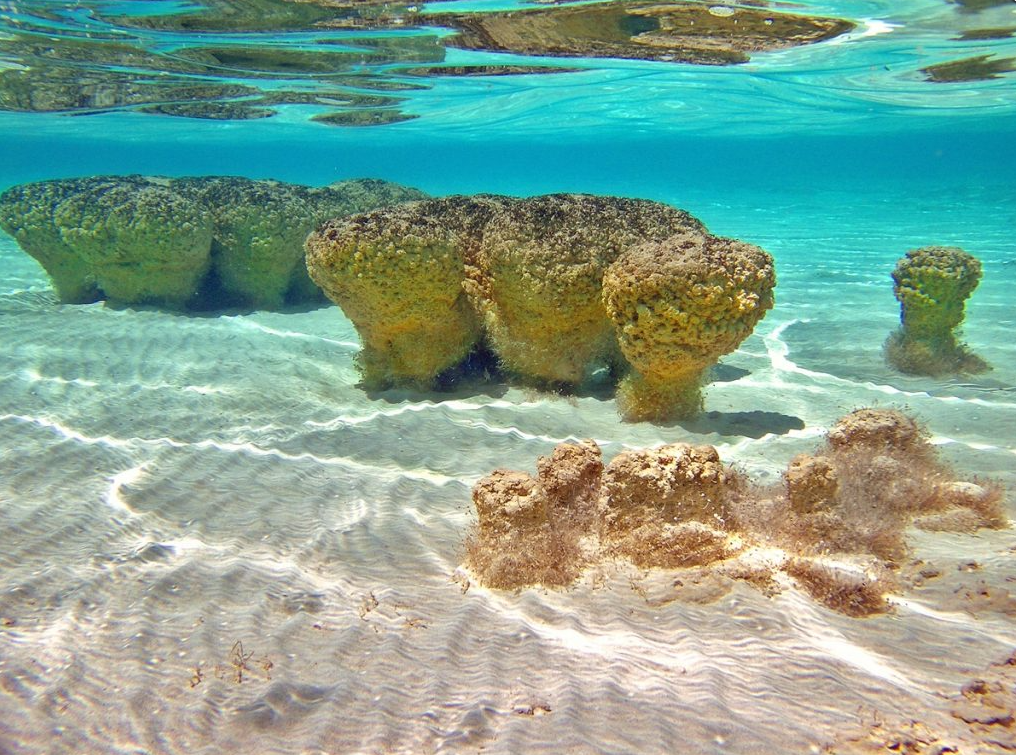News

Fish thrive in one of the saltiest seas on earth
Salinity and temperature drive changes in aquatic ecosystems, shaping the patterns of life across different places and seasons. In one of the saltiest marine environments on the planet, scientists have discovered that fish are not only surviving, but some are also thriving. A new study exploring the extreme salinity gradient in the Eastern Gulf of Shark Bay in Western Australia has found that fish stock change dramatically as the water gets saltier. This happens especially in Hamelin Pool, where salt levels can reach more than twice that of normal seawater.
Underwater video systems equipped with DST CTD loggers
Researchers from Curtin University, Australia, Bush Heritage Australia, Australian Institute of Marine Sciences, University of Western Australia, and Smithsonian Institute, USA, deployed 288 remote underwater stereo-video systems (stereo-BRUVs) in four habitats at three locations: Eastern Gulf, Faure Sill, and Hamelin Pool. The aim of the study was to examine the fluctuation in fish assemblages across this salinity gradient. The four habitats were sand, seagrass, low relief stromatolites, and high relief stromatolites. Star-Oddi’s DST CTD conductivity, temperature and depth logger was attached to one video-system per site to record environmental data as salinity and temperature data at 2-minute interval. This data allowed scientists to match fish patterns with environmental changes.

Fig. 1 from the article. Map of stereo-BRUVs sampling locations with mean salinity (PSU) and mean water temperature (°C) per site
Some fish thrive in high salinity
As hypothesised, many of the fish species’ richness and abundance decreased with increasing salinity, particularly across the Faure Sill and into Hamelin Pool. Over 20,000 fish from 90 different species, most of them carnivores, were recorded. Despite these hypersaline conditions (reaching <91.5 PSU) in Hamelin Pool, once thought too harsh for most fish, several species were still present. Two species stood out — Western Striped Grunter (Helotes octolineatus) and Western butterfish (Pentapodus vitta) — making up half of all fish observed. Seagrass habitats were hotspots for fish life, though the mix of species varied depending on the location.
Increased salinity levels due to climate change
With climate change expected to increase salinity in shallow coastal areas worldwide, the study raises concerns about future biodiversity. Fewer species are able to cope with high salinity, and even the resilient fish of Shark Bay may be at risk.
Further results can be found in the article published recently in Marine Environmental Research